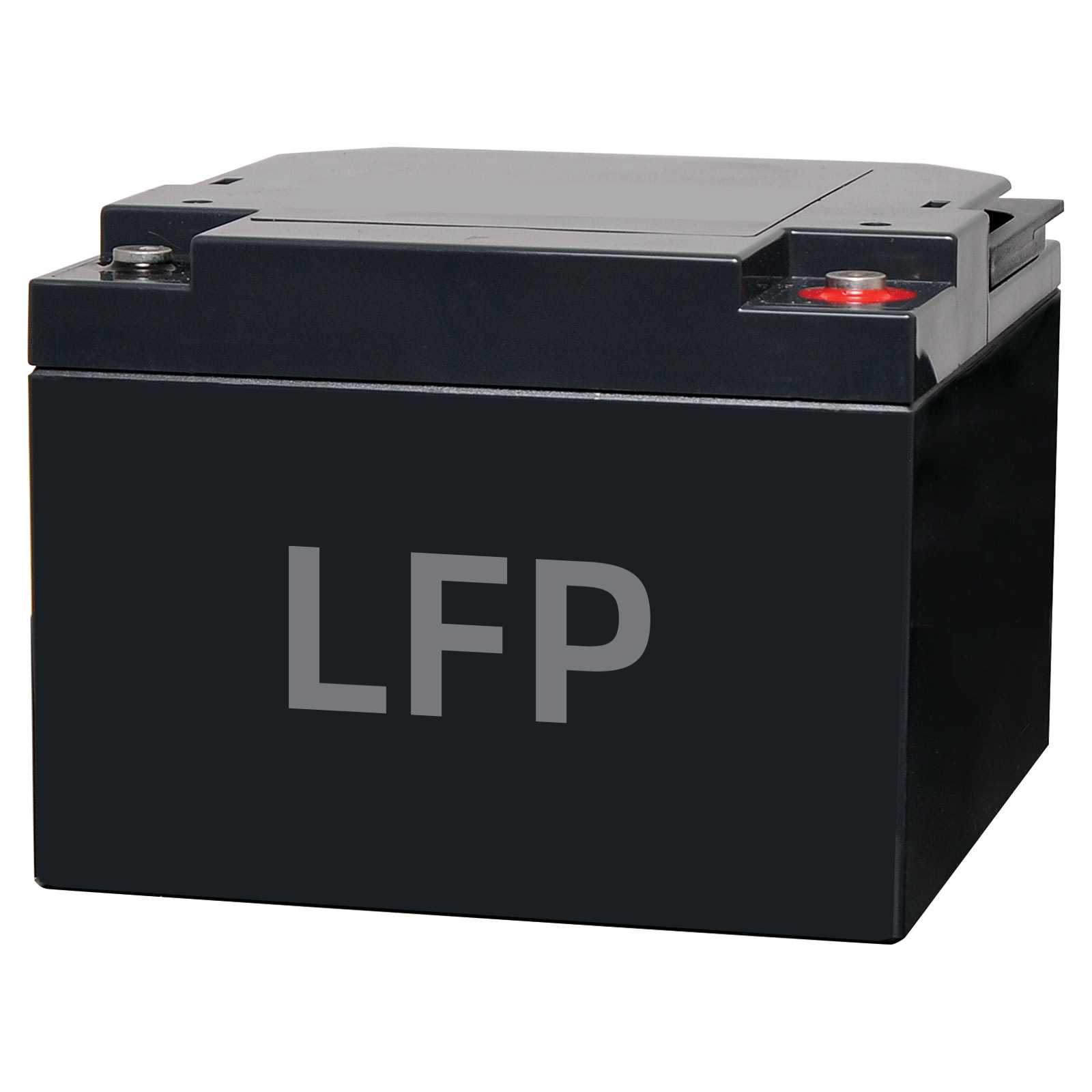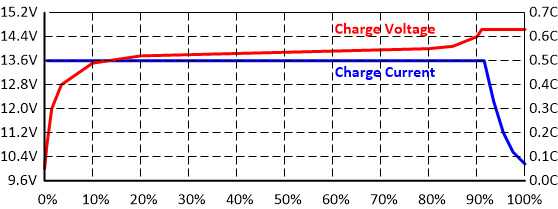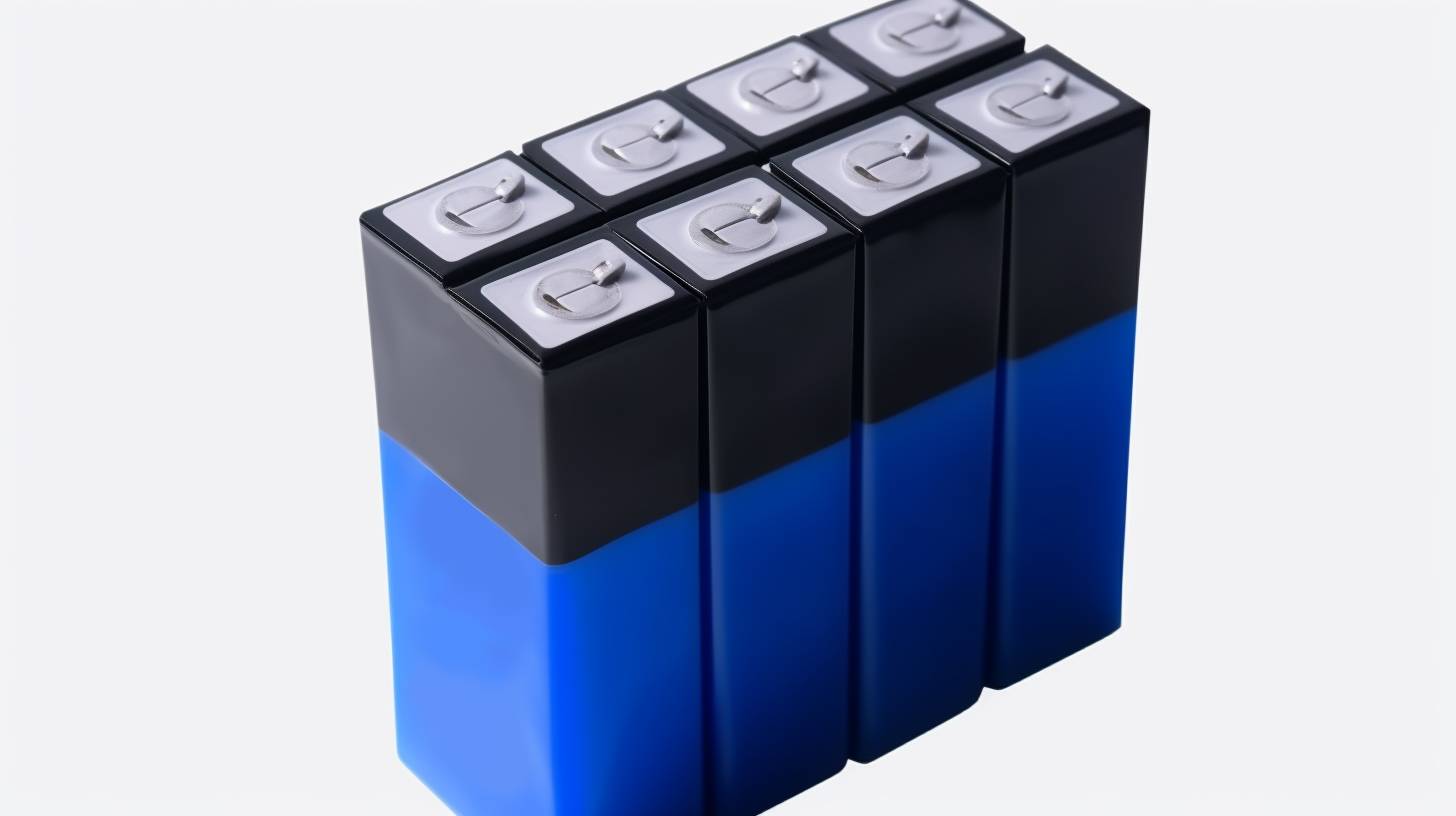Understanding the maximum amperage and charging currents for LiFePO4 batteries is crucial for optimizing their performance and ensuring safe operation. LiFePO4 batteries, also known as lithium iron phosphate batteries, offer numerous benefits such as a longer lifespan, lightweight design, and higher discharge rates. The maximum amperage is determined by the battery’s capacity and is expressed as the C-rate. It is important to consult the manufacturer’s recommendations and use an appropriate charger designed specifically for LiFePO4 batteries to ensure safe and efficient charging.
What are the benefits of LiFePO4 batteries?
-
Long Service Life and Safety Profile: LiFePO4 batteries offer a long service life and excellent safety features. Their high thermal and voltage stability ensure safe operation under various conditions, making them a reliable choice for energy storage.
-
Cycle Life and Energy Efficiency: LiFePO4 batteries exhibit a remarkable cycle life, with some manufacturers claiming upwards of 2000 to 5000 cycles. They are energy-efficient, providing a greater percentage of usable electrical energy stored.
-
Fast Charging and Deep Discharge Capability: LiFePO4 batteries can be charged at a faster rate compared to many other battery types without degrading their health. They also excel in their ability to handle deep discharges repeatedly, making them suitable for applications where quick charging and resilience in deep discharge scenarios are essential.

What is the maximum amperage for LiFePO4 batteries?
-
Maximum Amperage and C-rate: The maximum amperage of LiFePO4 batteries refers to the amount of current that can be drawn from the battery at any given time. It is expressed as the C-rate, which is based on the battery’s capacity. For example, a 100Ah LiFePO4 battery with a maximum C-rate of 2C can safely discharge at up to 200 amps.
-
Discharge Limitations: While LiFePO4 batteries offer high discharge rates compared to other lithium-ion batteries, it’s important to note that they are not designed for continuous high-current applications. If sustained high power output over long periods of time is required, alternative chemistries such as LTO or NMC may be more suitable.
What is the maximum charging current for a 100Ah LiFePO4 battery?
-
Recommended Charge Current Calculation: The maximum charging current for a 100Ah LiFePO4 battery is determined by the recommended charge current of the battery cells. The C-rate, which represents a fraction of the battery’s capacity, is multiplied by the battery’s capacity to calculate the recommended charge current. For example, a C-rate of 0.5C for a 100Ah battery would result in a maximum charge current of 50 amps.
-
Battery Management System (BMS) Limitations: It’s essential to consider the limitations of the Battery Management System (BMS) when determining the maximum charging current. The BMS may have a maximum allowable charge current specified in its datasheet to protect the battery cells. Exceeding this limit can potentially damage the battery. Therefore, it is crucial to ensure that the charging current does not surpass the maximum allowable limit set by the BMS.

What is the maximum charging current for a 200AH LiFePO4 battery?
-
Recommended Charge Rate: The maximum charging current for a 200Ah LiFePO4 battery depends on the recommended charge rate provided by the manufacturer. Typically, a 200Ah LiFePO4 battery can handle a maximum charging current of around 100 amps or higher. However, it is crucial to refer to the manufacturer’s specifications and guidelines to ensure safe and efficient charging.
-
Manufacturer’s Guidelines: It is essential to check with the battery manufacturer for specific recommendations regarding the maximum charging current for a 200Ah LiFePO4 battery. Following the manufacturer’s guidelines helps ensure the longevity and performance of the battery while minimizing the risk of damage or safety hazards.
-
Charger Compatibility: To charge a 200Ah LiFePO4 battery safely and effectively, it is important to use a charger specifically designed for LiFePO4 batteries. These chargers are equipped with advanced safety features, such as built-in voltage regulators and temperature sensors, to prevent overcharging and overheating.
What is the max C rate for LiFePO4?
To sum it up, LiFePO4 batteries are a smart choice for anyone who values safety, performance, and long lifespan. They offer numerous benefits over other battery chemistries such as high energy density, low self-discharge rate, excellent thermal stability, and eco-friendliness.
When it comes to the maximum amperage of LiFePO4 batteries, there is no straightforward answer. It depends on various factors such as the cell capacity, charge/discharge rate limitations by the manufacturer or supplier, and application requirements.
For a 100Ah LiFePO4 battery, the recommended maximum charging current is usually around 50A to 60A. For a 200AH LiFePO4 battery with similar specs and quality standards, you can go up to about 100A to 120A under optimal conditions.
As for the max C rate for LiFePO4 cells/batteries in general terms (i.e., irrespective of specific brands/models), it ranges from between 1C (i.e., one times its nominal capacity) to even higher than 10C depending on various factors mentioned earlier. However – as always – make sure you refer to your product’s datasheet or user manual before attempting any kind of experimentation beyond normal operating range.
If you have been considering switching to lithium iron phosphate technology but weren’t quite sure what limits apply when using them in your system/application – we hope this article has provided some insight into their maximum amperage rating!




